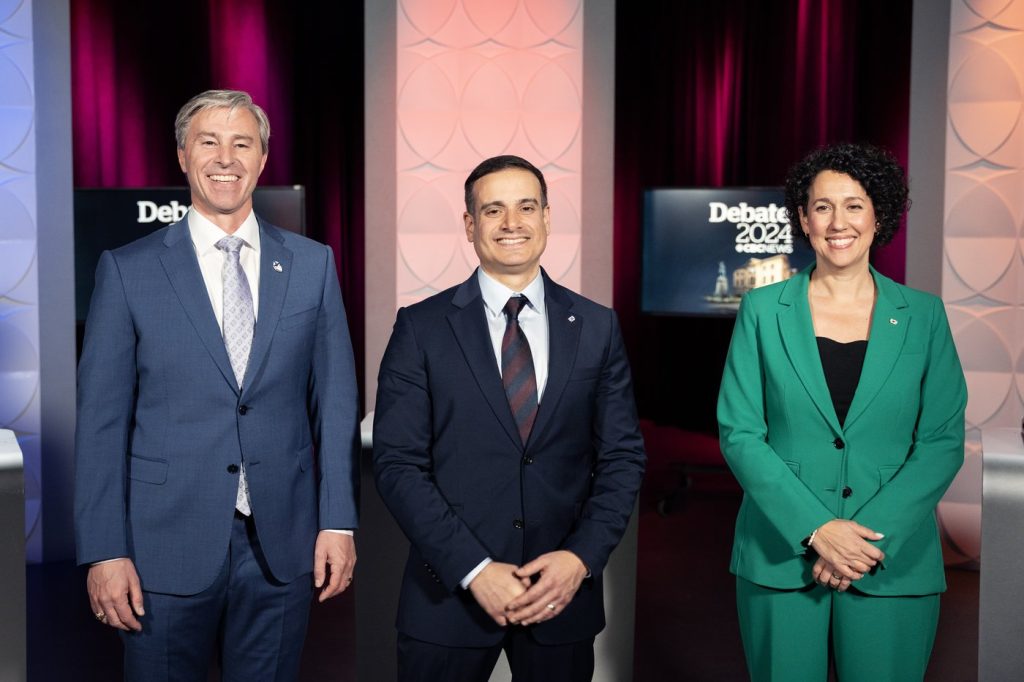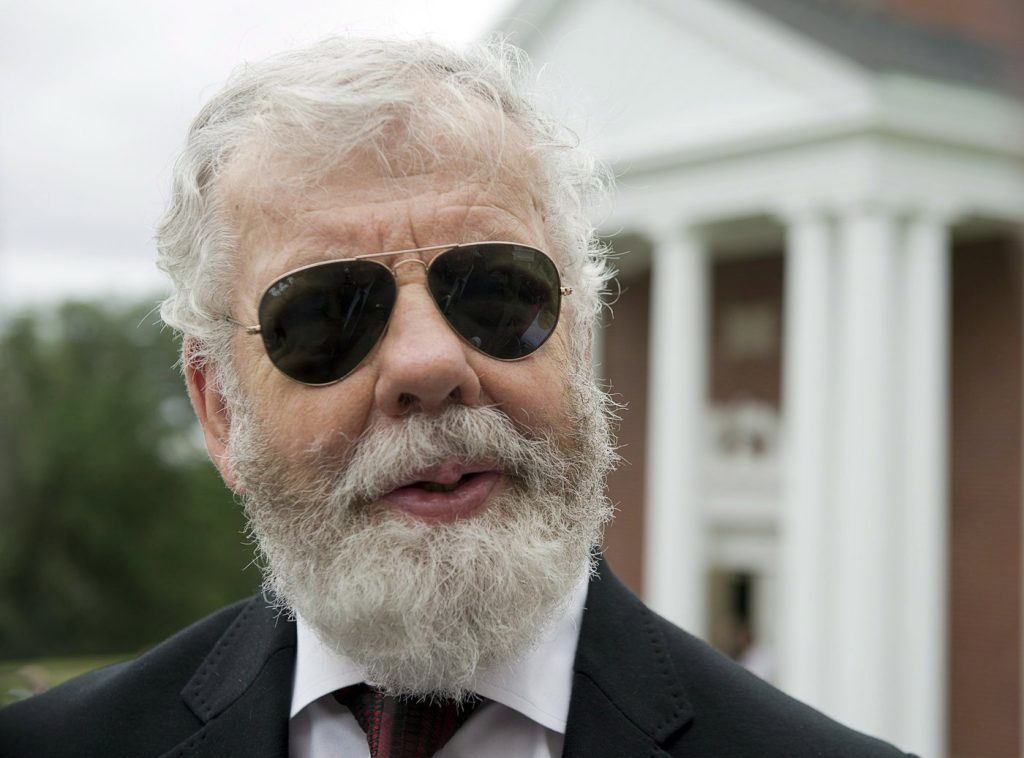An ‘ambitious’ global plastic treaty demands limits on production, Guilbeault says

Posted Apr 23, 2024 02:39:12 PM.
Last Updated Apr 23, 2024 07:15:14 PM.
OTTAWA — A global treaty to end plastic waste will not be ambitious enough if it does not include some limits on plastic production, Environment Minister Steven Guilbeault said Tuesday as the fourth round of negotiations kicked off in Ottawa.
The scientific evidence shows that reducing the amount of plastic that’s produced is the only way to keep it out of the environment, not to mention what the world eats, drinks and breathes, environmental groups say.
One of them, Greenpeace, wants the agreement to include a 75 per cent reduction in plastic production by 2040.
Companies that make plastic argue there is no need for caps, because alternatives to plastics are often more expensive and energy-intensive. The issue bogged down discussions at the last treaty negotiation session in Kenya last fall.
Guilbeault has been hesitant to take a specific position on the call for production caps, worried that being too prescriptive before negotiations happen could sink the Ottawa talks before they even began.
On Tuesday, those worries appeared to be easing.
“Frankly, what I’ve heard in the last two days of ministerial roundtables … is that people don’t just want an agreement, they want an ambitious agreement,” Guilbeault said.
Canada is part of an international coalition that wants much the same. Earlier this month, that group stressed that ending plastic waste would require legally binding rules “to restrain and reduce consumption and production of primary plastic polymers to sustainable levels.”
The negotiations in Ottawa are the fourth of five planned rounds aiming to get a treaty into place by the end of the year that would eliminate plastic waste by 2040. It’s believed more than 350 million tonnes of plastic are thrown out every year, with less than one-tenth ending up recycled. More than one-fifth ends up in the environment, where it is harmful to people and all forms of nature.
The U.S.-based Ocean Conservancy reports that 11 million tonnes of plastic end up in the oceans each year — an average quantity roughly equivalent to tossing a commercial jetliner into the ocean every minute.
The current draft text of the treaty, developed during the third round of talks in Kenya last fall, has a lengthy section with multiple options for how to handle production.
One option — similar to the Paris climate agreement on greenhouse gas emissions — would see each country set national targets to reduce production. Another suggests production doesn’t have to be restricted at all as long as waste can be managed.
Sarah King, head of the plastics and ocean campaign at Greenpeace Canada, agreed it is unlikely that a solid agreement on capping production will be reached in Ottawa.
She and most others are hoping the parties will agree to hold formal discussions between the Ottawa event and the fifth negotiation session in Korea in November. That would allow much more
“We just want to make sure cuts stay on the table,” she said. Canada, as the host nation, needs to show more leadership on the subject, she added.
“We need Canada to champion the boldest measures, and that’s cuts to plastic production and ensuring that reuse and reduction targets stay in that text.”
Guilbeault has previously said he’d like about 70 per cent of the draft text to be “clean” by the time the Ottawa talks wrap up next week. That would require more than two-thirds of the text to be agreed upon by the delegates, leaving the stickiest issues for last.
Guilbeault is the host minister for the talks and playing a crucial role, but he is not leading the negotiations. That job falls to Luis Vayas Valdivieso, an Ecuadorean diplomat who last fall was tapped to chair the treaty discussions.
He said Tuesday he wants the negotiators to approach the task at hand with optimism, accountability and integrity, based on science.
“We are at a crucial moment in our process,” he said. “We know there are difficulties but I am confident that we can find ways to build shared understandings and identify areas of convergence.”
This report by The Canadian Press was first published April 23, 2024.
Mia Rabson, The Canadian Press








